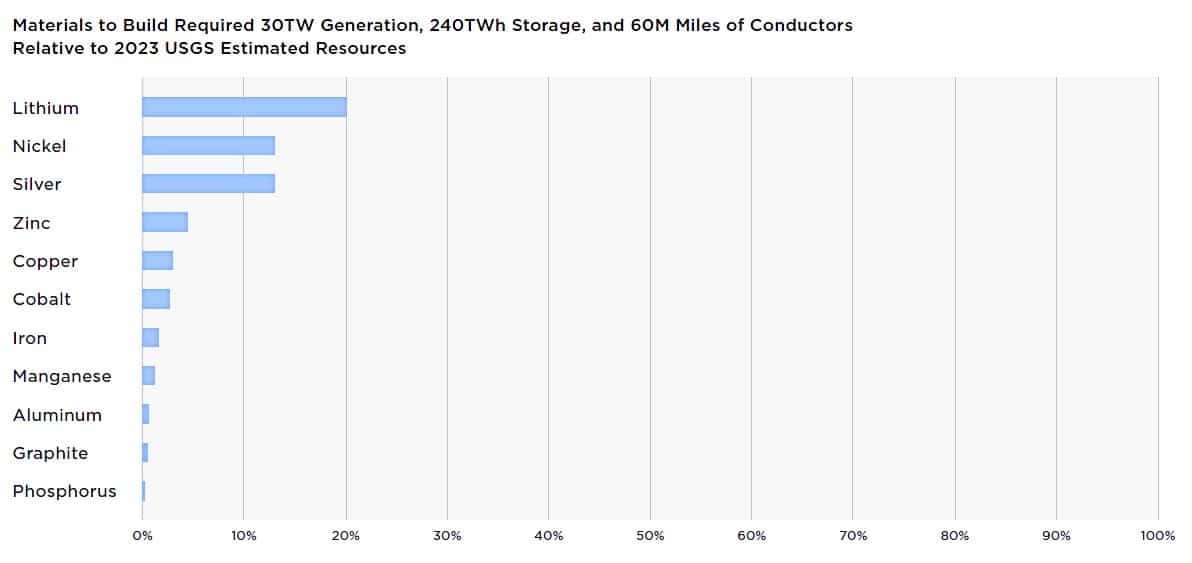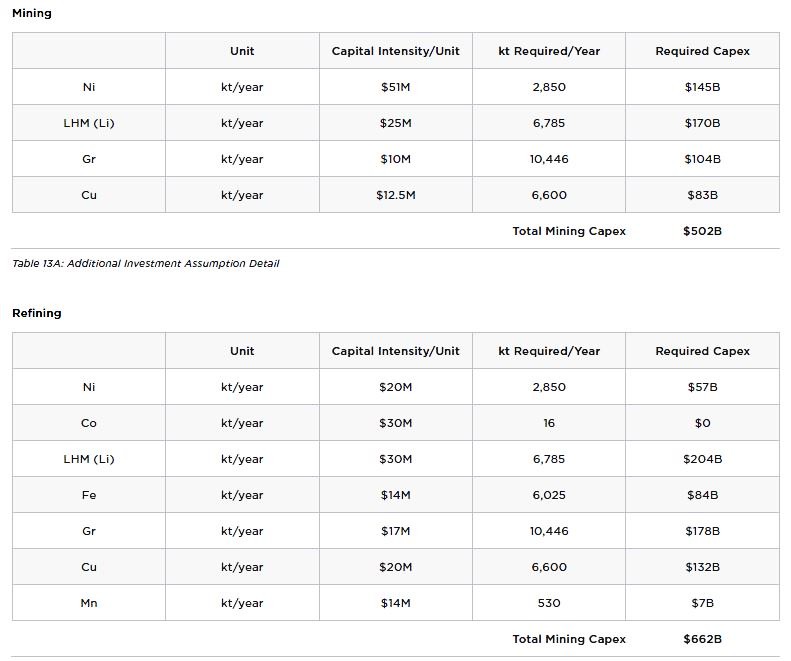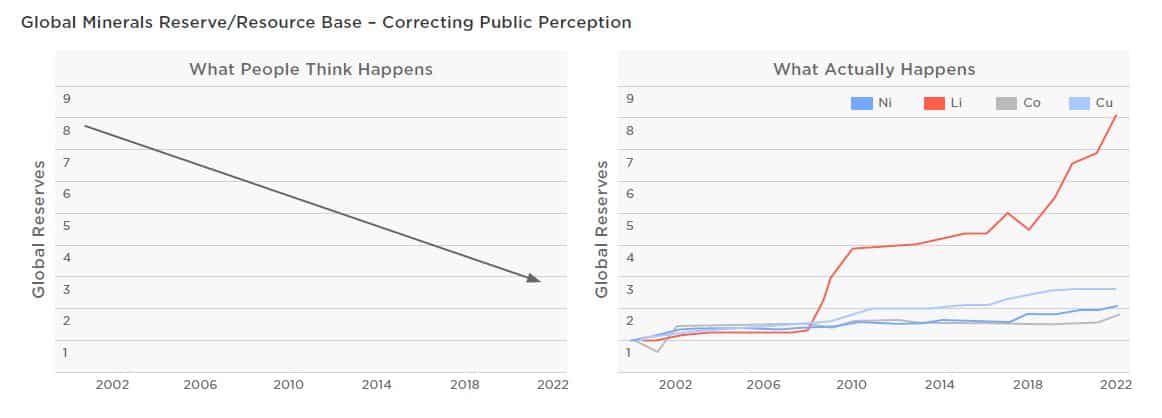Lithium is the new oil, at least for electric vehicles (EVs), and the global race is on to secure this valuable resource.
The rising demand for lithium-ion batteries in the United States reached a record high in the first quarter this year, showing powerful interests on EVs and the clean energy transition.
Per S&P Global report, U.S. imports of lithium-ion batteries in Q1 2023 reached 235,386 metric tons, up 66% from the previous year.
This data highlights the urgent need to ramp up domestic production capabilities to meet the soaring demand.
Unfortunately, the U.S. doesn’t produce enough of the silvery metal it will need as it only has one source of domestic lithium production. For Tesla and other EV manufacturers, this can be a problem down the road.
More importantly, the country won’t be able to reach its Net Zero goal without increasing its own lithium capabilities.
This is where American Lithium Corp. (AMLI) comes to the rescue, playing a major role in filling the supply gap. The company manages two of the biggest lithium deposits in the Americas.
Tesla Needs $374B to Invest in Lithium
In 2021, Tesla said that it would use lithium-based cathodes for its batteries, which the company had already been doing at its Shanghai factory at that time.
Two months ago, the carmaker revealed that it will use the same for its short-range heavy electric trucks (semi-light). The leading EV company is also planning to use lithium-ion batteries for its mid-sized vehicles.
The carmaker’s goal is to produce 20 million EVs each year by 2030. It delivered just above one million units in 2022 but used around 42,000 tons of lithium in 2021. That’s more than 5x the combined lithium consumed by Ford and GM, according to BNEF data calculations.
To meet its ambitious goal, Tesla would need a huge volume of lithium to make the required batteries. Earlier this year, it broke ground in Texas for its lithium refinery plant worth $1 billion.
In its recent Master Plan report, Tesla analyzed that lithium is responsible for about 20% of the materials needed to deliver the energy storage in batteries for EVs relative to 2023 USGS data.
With that data, the giant EV maker estimated that it needed a total of $374 billion to invest in mining ($170B) and refining ($204B) lithium (Li).
What’s more interesting is Tesla’s analysis of the actual global mineral reserves, including lithium (in red). It’s far way different from what people think. Lithium reserves started to skyrocket in 2008, meaning more lithium deposits were being discovered. And it continues to soar higher…
Global lithium production was at 100,000 tons or 90+ million kg in 2022. The International Energy Agency said that the world needs up to 6x more of that by 2030.
That’s a big opportunity for companies like American Lithium to serve with their large lithium reserves in highly attractive jurisdictions.
The Silicon Valley of Lithium
Nevada is home to the only lithium mine in the US – the Silver Peak mine. The operation is run by Albemarle Corp base in California. But more projects are in the pipeline, alongside American Lithium’s TLC.
Nevada is also dubbed as the “Silver State” whose silvery metal reserves are vital for both the state’s and the country’s economy. Strong government support had made undergoing projects possible, attracting massive investments.
For instance, Ford Motor inked a deal last year to source 7,000 metric tons of lithium from an Australian-owned Rhyolite project. General Motors also invested $650 million in the state’s largest claystone deposit near the TLC project of American Lithium.
Similar deals also abound, with major battery manufacturers signing supply deals with proposed lithium projects in Nevada.
And at Reno’s event last March, the Department of Energy announced a conditional $2 billion loan guarantee for a Nevada-based battery recycling firm. Energy Secretary Jennifer Granholm pointed out that the state is flush with more projects that are all part of a rising lithium battery supply chain.
The entire process, from mining to recycling of the critical mineral – otherwise known as lithium “loop”, is possible within state lines, which is unheard of domestically.
Industry estimates say the lithium-ion battery market will reach over $100 billion by 2030. And Nevada is the only state that allows for each phase of the lithium lifecycle.
Disclosure: Owners, members, directors and employees of carboncredits.com have/may have stock or option position in any of the companies mentioned:
Carboncredits.com receives compensation for this publication and has a business relationship with any company whose stock(s) is/are mentioned in this article
Additional disclosure: This communication serves the sole purpose of adding value to the research process and is for information only. Please do your own due diligence. Every investment in securities mentioned in publications of carboncredits.com involve risks which could lead to a total loss of the invested capital.




